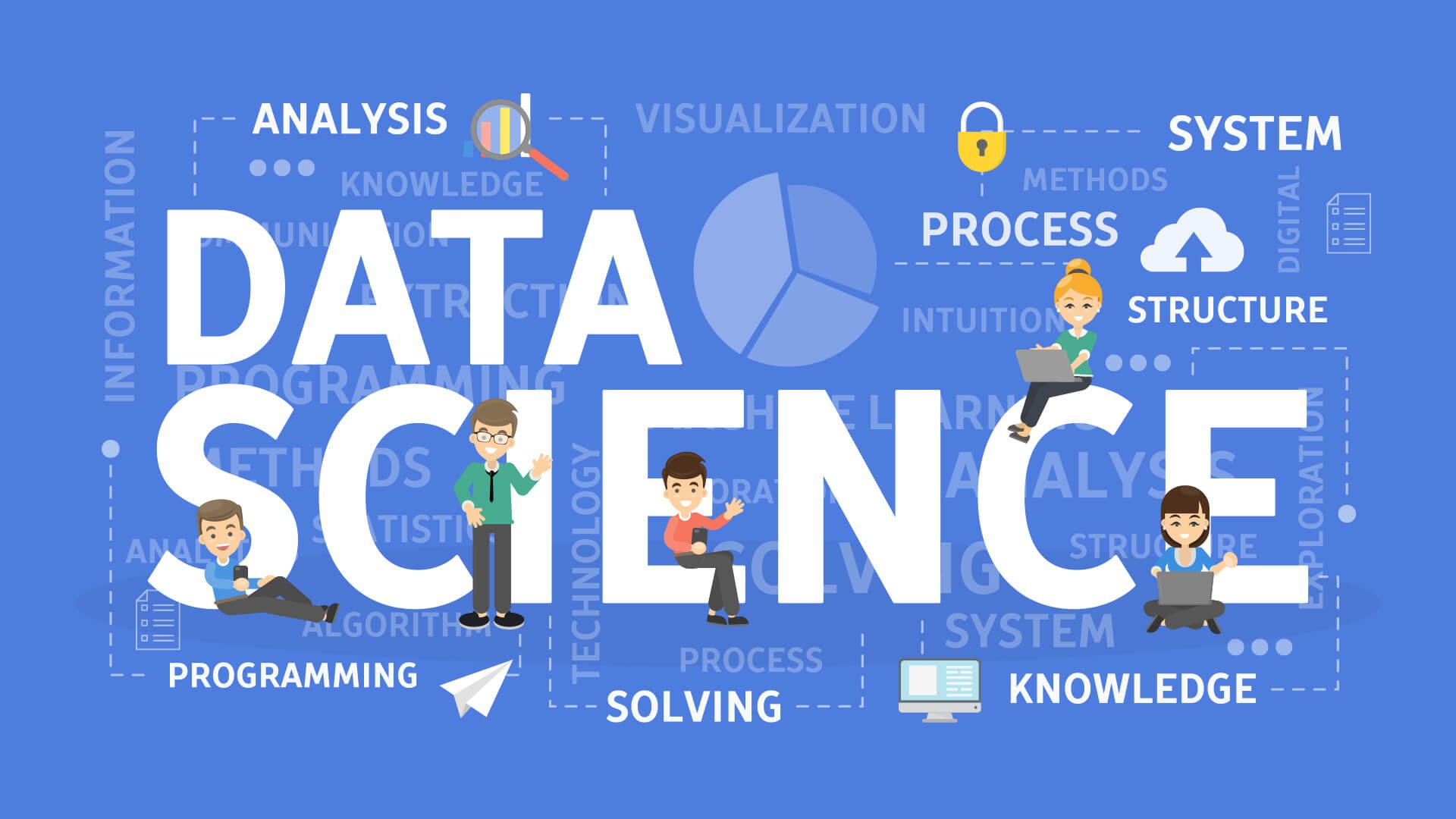
In recent times, technology like big data, and AI, are being used everywhere. Data science is capable of turning the imagination into reality. Hence, it is imperative to opt for the Data science learning courses that Highsky IT, Ahmedabad offers.
What is data science training?Data science is a mixture of algorithms, and statistics, and includes massive aspects of machine learning elements. The principal goal of studying data science is to create unstructured data for better storage in a small space. The traditional data that was used previously was structured and smaller in size. With data science, the data used now are most of the time unstructured or sometimes semi-structured.
Opting for data science training can help students stretch out their fields of knowledge and implementation. After the training, one will be able to write expert codes in R programming languages along with specific expertise in data transformation and analysis.
What to learn in training?Anyone keen to know about business intelligence, and big data, or a professional statistician, information architect, or developers, can take up the data science training for a better job profile or research experience. In our data science training course, one will learn the history of data science & its progress. The course starts with a good introduction and gradually enters the advanced levels, including the fundamentals of big data mining, data manipulation, and the underlying structures.
Why choose us?Highsky IT is giving you a chance to become an industry leader by opting for a simple data science learning course in Ahmedabad. Our facilities focus on advanced learning through our digital classroom. Our Faculties for data science learning training are experts in the field. The main motive is to provide eligible education to our students.
Contact us for further details regarding admission, course structure, etc.
Course Duration: 45 days
- Introduction to Data Science
- Different Sectors Using Data Science
- Purpose and Components of Python
- Data Science and visualization
- Data Analytics Process
- Exploratory Data Analysis (EDA)
- EDA – Quantitative Technique
- EDA – Graphical Technique
- Data Analytics Conclusion or Predictions
- Data Analytics Communication
- Data Types for Plotting
- Data Types and Plotting
- Introduction to Statistics
- Statistical and Non-statistical Analysis
- Major Categories of Statistics
- Statistical Analysis Considerations
- Population and Sample for Statistical Data
- Statistical Analysis Process
- Data Distribution & Dispersion
- Histogram for python
- Correlation and inferential Statistics
- Python Anaconda
- Installation of Anaconda Python Distribution (contd.)
- Data Types with Python
- Basic Operators and Functions
- Introduction to NumPy
- Creating and Printing an ndarray
- Class and Attributes of ndarray
- Basic Operations
- Activity-Slice It
- Copy and Views
- Mathematical Functions of NumPy
- Introduction to SciPy
- SciPy Sub Package – Integration and Optimization
- Calculate Eigenvalues and Eigenvectors
- SciPy sub-Package – Statistics, Weave and IO
- Introduction to Pandas
- Understanding Data Frame
- View and Select Data Demo
- Missing Values
- Data Operations
- File Read and Write Support
- Pandas Sql Operation
- Supervised Learning Model Considerations
- Scikit-Learn
- Supervised Learning Models – Linear Regression
- Supervised Learning Models – Logistic Regression
- Unsupervised Learning Models
- Pipeline
- Model Persistence and Evaluation
- NLP Overview
- NLP Applications
- NLP Libraries-Scikit
- Extraction Considerations
- Scikit Learn-Model Training and Grid Search
- Introduction to Data Visualization
- Line Properties
- (x,y) Plot and Subplots
- Types of Plots
- · Data Visualization using Seaborn
- · Data visualization over large-scale data
- Why Big Data Solutions are Provided for Python
- Hadoop Core Components
- Python Integration with HDFS using Hadoop Streaming
- Python Integration with Spark Using PySpark
- Tags:
- Ansible Certification
- Ansible Certification Ahmedabad
- Ansible Training
- AWS
- AWS Certification training courses in Ahmedabad
- AWS S3 Bucket
- AWS Security Certification Ahmadabad
- AWS Security Training Ahmedabad
- AWS Security Training in Ahmedabad
- Aws Solutions
- AWS Training and Certification
- Cloud Computing
- Cloud Computing Certification
- Cloud Computing Courses in Ahmedabad
- Cloud Computing Training in Ahmedabad
- data science certification
- Data Science Training Ahmedabad
- DevOps Certification Ahmedabad
- DevOps classes and training in Ahmedabad
- DevOps Classes in Ahmedabad
- DevOps course in Ahmedabad
- Devops Online Training Ahmedabad
- DevOps Training
- DevOps Training Ahmedabad
- Docker administration in Ahmedabad
- Docker Administration in Ahmedabad Microsoft Azure Cloud Certification in Ahmedabad
- docker certification course
- Docker course Ahmedabad
- Docker Training Ahmedabad
- GCP Training
- GCP Training Ahmedabad
- Google Cloud Platform Training
- Highsky IT Solutions
- Highsky IT Solutions Ahmedabad
- IT solutions
- It Training Ahmedabad
- it training and certifications
- Kubernetes certification Ahmedabad
- Kubernetes Course in Ahmedabad
- Kubernetes training & certification
- Kubernetes Training Ahmedabad
- lin
- linux
- Linux Administratioln course in Ahmedabad
- Linux Administration course in Ahmedabad
- Linux Career Certification
- Linux Certification Ahmedabad
- Linux Management Certification
- Linux Management Training
- Linux Online Courses in Ahmedabad
- Linux Training Ahmedabad
- Linux Training and Certification
- Microsoft Azure Certification Ahmedabad
- Microsoft Azure Cloud Certification
- Microsoft Azure Cloud Certification Ahmedabad
- Microsoft Azure Cloud Certification in Ahmedabad
- Microsoft Azure Cloud Training Ahmedabad
- Microsoft Azure Training and Certification
- Python Certification Course Ahmedabad
- Python Courses in Ahmedabad
- Python Internship in Ahmedabad
- Python Training
- Python Training in Ahmedabad
- Red Hat Certification
- Red hat Certification Ahmedabad
- Red hat certification in Ahmedabad
- Red Hat Training Ahmedabad
- Red Hat Training and Certification
- Red Hat Training and Certification in Ahmedabad
- Red Hat Training Course & Certification Ahmedabad
- red hat training course & certification in Ahmedabad
- Red Hat Training in Ahmedabad
- RedHat Training Ahmedabad
- RHCE RHCSA classes in Ahmadabad
- RHCE RHCSA Training Ahmedabad
- UBUNTU LINUX



